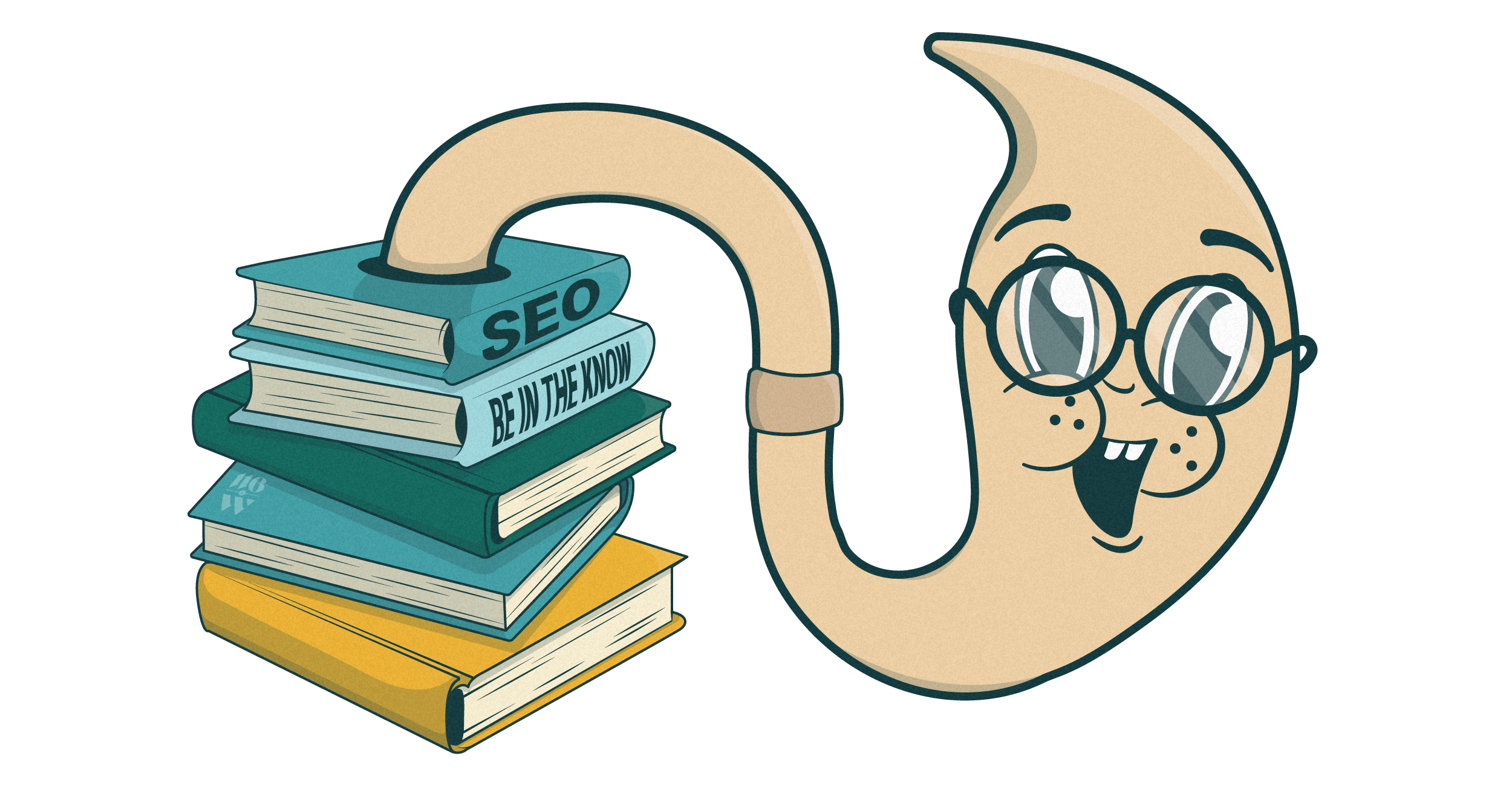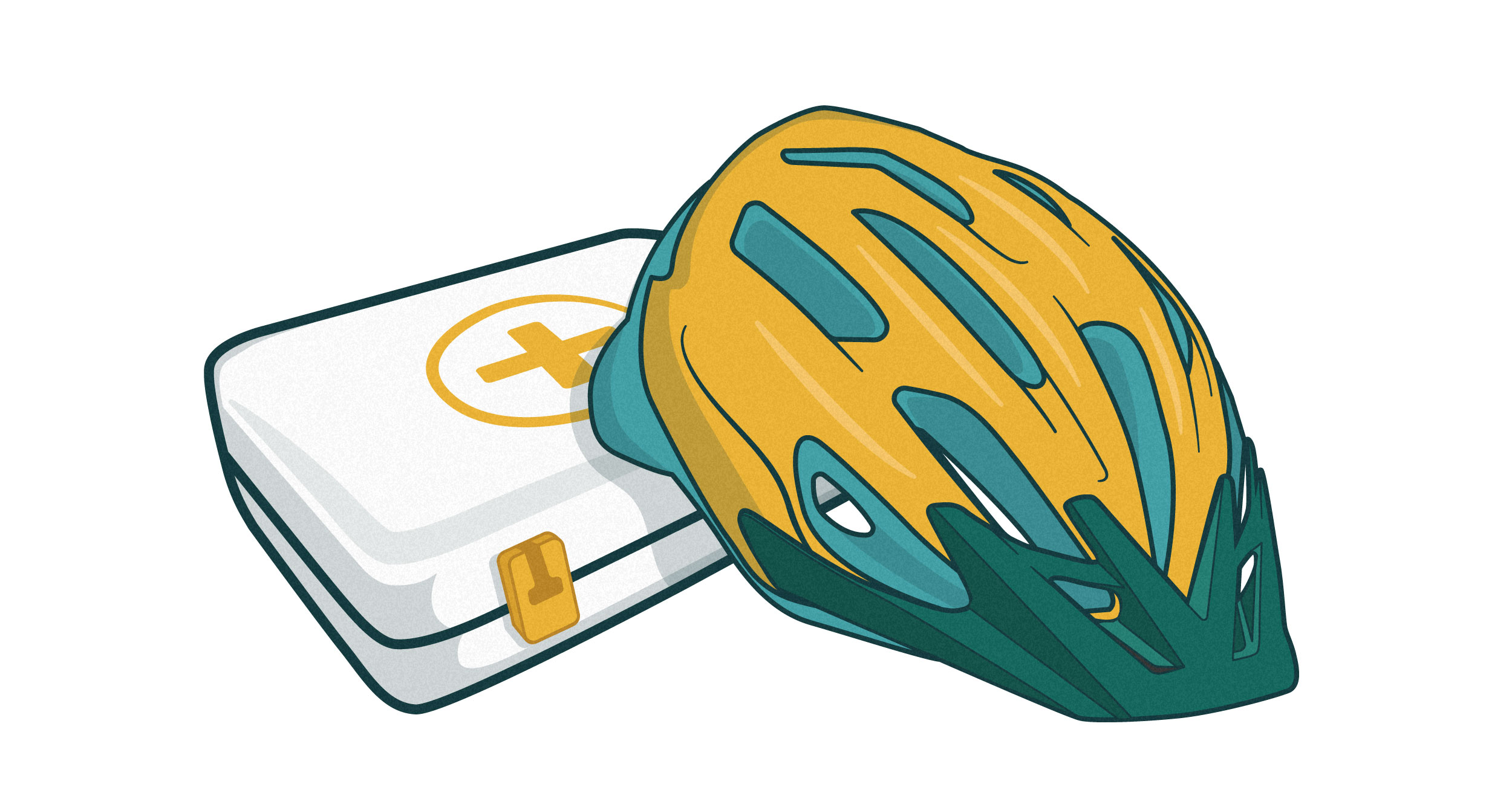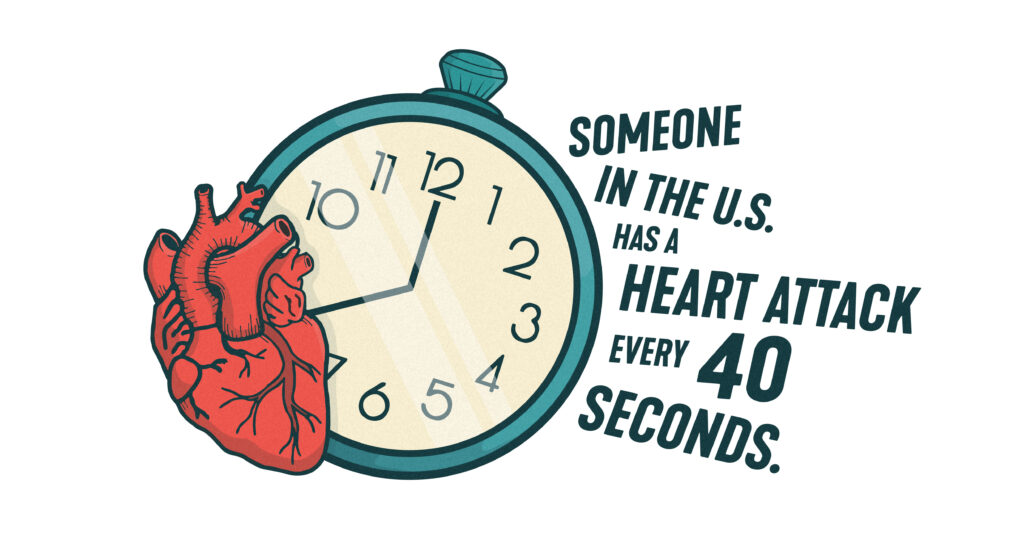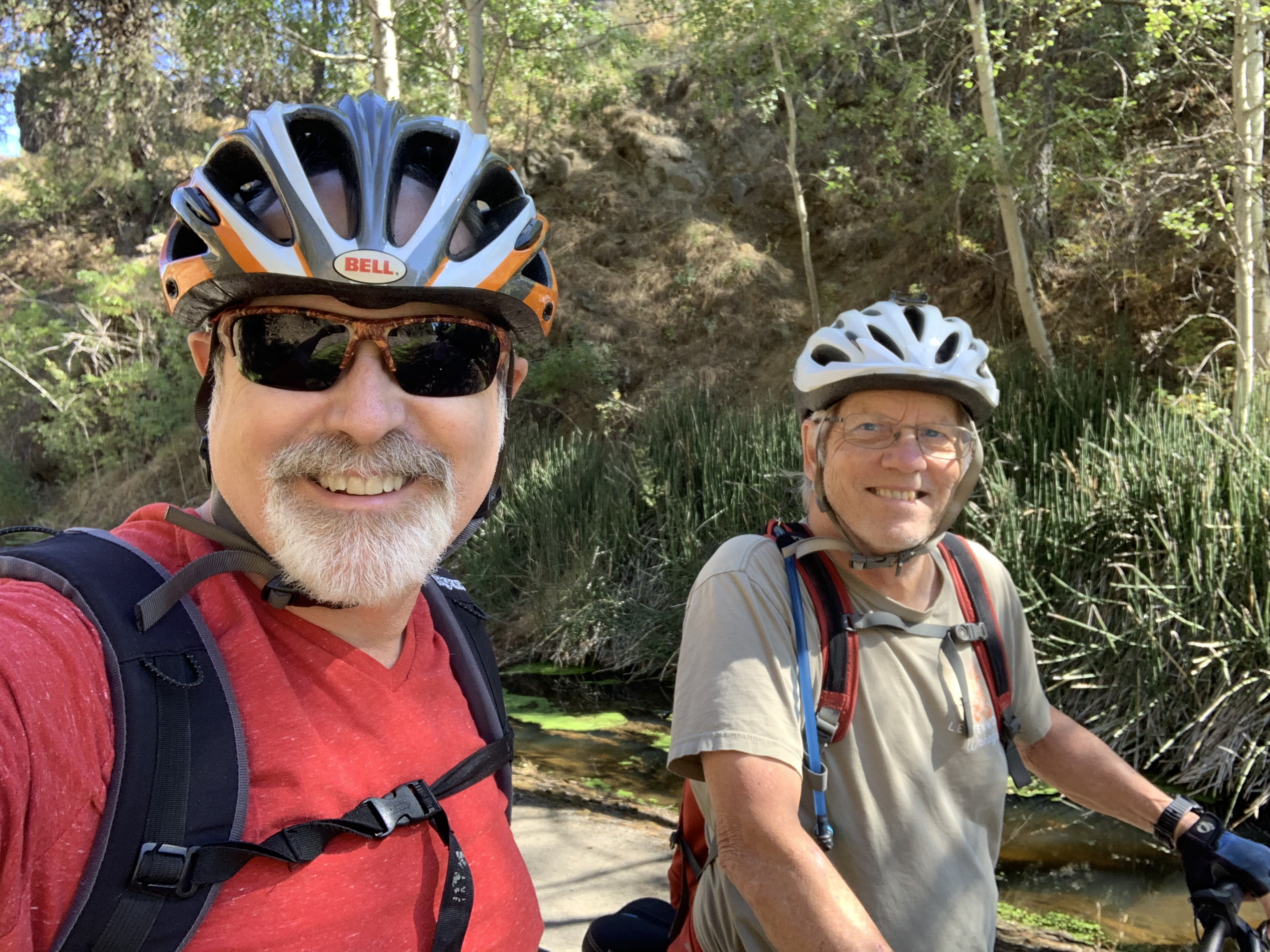3.16.23 | Read Time: 5 min
SEO Techniques for Content Writing
116 & West
Search Engine Optimization, or SEO, has three central pillars or components. Some refer to these as “types” of SEO. So, what are the three types of SEO?
• On-page SEO
• Off-page SEO
• Technical SEO
If used correctly, these components complement and build on one another to offer a seamless user experience (the ultimate goal of SEO). However, out of the three SEO pillars, the one we lean on heavily, and is even mentioned as the most crucial SEO ranking factor, is content (on-page SEO).
What is SEO Content Writing, and How Do You Write for SEO?
Creating content for SEO is about showing the value you provide. The best way to show value is to follow the golden SEO rule for content writing: always write for humans first. Writing for humans first means creating copy that the target audience is interested in and providing actual answers to questions being searched or asked. Overall, it results in higher engagement, traffic, and SERP positions while increasing the opportunity for other sites to backlink to your content.
Keywords
After writing content specifically serving the target audience, the next step is introducing keywords or keyphrases. Keywords/phrases are what a searcher or user types into the Google search bar. For example, if I wanted to buy a new winter sweater, I might Google “cute chunky sweater” and would then be served a list of results showing websites that used any of the terms (keywords) “cute,” “chunky,” or “sweater.”
SEO really can be as simple as this. SEO content writing for beginners is the same process as SEO content writing for experts. However, once the practice of writing for humans becomes second nature, it’s time to introduce more SEO factors into the content.
SEO and User Intent
User intent (aka search intent or audience intent) is why someone performs a search. Google’s goal is to satisfy the user’s intent and provide the best answer, whether it’s an item, service, or quick answer to a question. Google explains this in their 2021 QRG (section 12.7) and through their Panda and Hummingbird algorithm updates.
There are four types of search intent:
• Informational
• Navigational
• Transactional
• Commerical
Informational intent means the user has a question and is looking for the answer. Navigational intent indicates someone is looking for a specific website like “Facebook.” Transactional intent refers to someone looking to shop online. Finally, commercial intent or Investigation is when a user plans to purchase something but wants to research it more.
As you’re writing content, be sure to write with your target audience’s intent in mind. For instance, when selling a good or service, be sure to incorporate words like “sale” or “limited-time offer.” If you intend to provide information, include words users type into search, like “how,” “why,” and “what” in your content.
Incorporating audience intent into your writing by filtering which content satisfies the audience, or identifying which content is lacking, allows you to make changes and optimize accordingly. This process ensures searchers get what they want while also signaling to Google that your content is worth ranking highly in the SERPs.
What is SEO Readability?
Some people believe writing high-quality rich content means sounding as sophisticated as possible. This is a myth. Writing for SEO readability makes content quick and easy for your audience to digest.
When writing content, a grade 8 reading level should be used for the general public. It improves the readability score by allowing the reader to quickly and efficiently process the material resulting in a positive experience, therefore, enhancing SEO ranking. Writing to a reading level around grade 12 is acceptable for a more specialized industry.
How Long Should Content Be?
Ideal content length is often debated. Some research suggests longer content is better because it typically contains detailed answers for people and showcases E-E-A-T. Hubspot performed one study in 2021 and found that the ideal blog post length for SEO should be 2,100-2,400 words.
We typically recommend that one page of content should be at least 1400 words. For individuals who don’t have much time, we recommend a minimum of 750-1,000 words for standard blog posts, 2,000 words for long-form content, and 300-500 words for news posts or product pages.
Three Biggest SEO Content Writing Mistakes
It can be easy to get tunnel vision and write for the algorithm, not the end user. Because of this, writers tend to make three common mistakes in their copy.
• Keyword stuffing
• Duplicating content
• Not providing helpful content
Keyword stuffing is a big no-no. Google recognizes it as a SPAM tactic and penalizes websites for it. Keyword stuffing is when writers add many keywords all over the copy, especially when they are unnecessary. Some people will add keywords on the back end of their website in the metadata so the reader doesn’t see it, but the algorithm will also flag this. This black hat practice is not natural and not helpful to the end user.
Google penalizes any content that is even remotely similar to existing copy. Keep in mind duplicating content can be done accidentally. Make sure to start every blog post from scratch, as reusing any content will affect SEO.
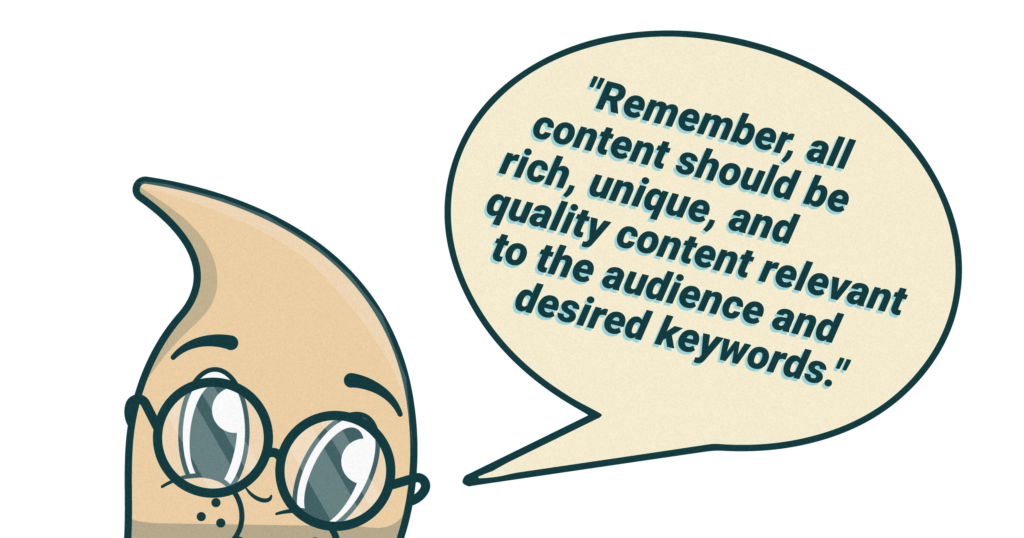
Always Stick to The Basics
Writers sometimes get in the habit of generating content just to get it out on the web so search engines will use it. However, this copy does not optimize well, as it generally lacks user intent or value. You should only create content that will be helpful to the end user.
Remember, all content should be rich, unique, high-quality, and relevant to the audience and desired keywords. Aim to keep content in the active, present tense. When writing, always keep in mind the end user. Does this content help them or resolve their problem? Does this content represent my brand’s industry knowledge? Many organizations (both for-profit and non-profit) try to tell their audience what the organization does but instead should show what the audience will receive. After publishing content, return to it periodically to keep it fresh and update any photos or out-of-date information.
We know it’s A LOT to take in. So, take a deep breath, dive into our other blogs, and reach out to us. Did you know we offer ongoing SEO as a service? It’s one of the many things we like to do around here.

